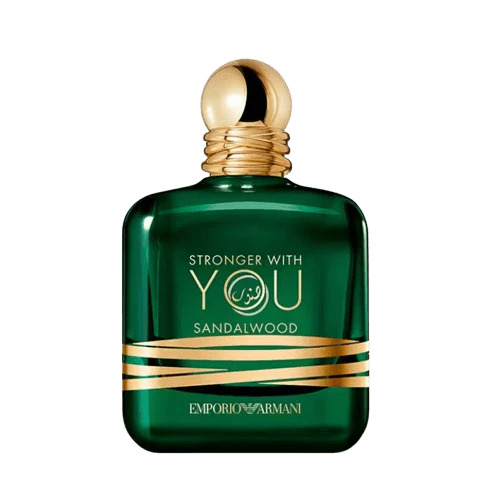When we think of healthcare, most of us focus on treatments, doctors, and medical technology. But one factor often overlooked is the environment itself. The design of a clinic or hospital—its layout, lighting, and furniture—can significantly influence how patients feel and recover. In the UAE, where healthcare standards are among the highest, Mokza Healthcare has been at the forefront of creating fitout designs that go beyond aesthetics to promote psychological comfort and healing.
Studies show that “nearly 70% of patients report reduced stress levels in healthcare facilities designed with patient-friendly interiors.” This demonstrates that the space itself acts as part of the therapy.
Fitout Services: Blending Psychology with Healing
Fitout Services in Dubai are no longer just about functional interiors. They now incorporate psychological principles to design environments that actively support patient well-being. Understanding how color, light, acoustics, and spatial flow affect emotions is central to modern healthcare design.

The Healing Power of Colors
Colors directly influence mood and psychology. Blues and greens promote calmness, making them ideal for patient rooms and consultation areas. Warmer tones, like soft yellows, can uplift spirits in pediatric wards. By carefully choosing palettes, designers reduce anxiety and create an atmosphere of trust.
Lighting and Emotional Well-Being
Natural light exposure has been linked to shorter hospital stays and reduced depression. Clinics in Dubai increasingly use large windows, skylights, and daylight-mimicking LED systems to promote recovery. Patients with access to daylight are reported to heal “20% faster than those in artificially lit rooms.”
Layout and Wayfinding
Confusing hospital layouts add to patient stress. Fitout designs now prioritize clear circulation paths, intuitive wayfinding, and open layouts that reduce feelings of being trapped. Simple design changes—like wider hallways and visible signage—help patients feel secure.
Waiting Areas as Calming Zones
Waiting is often the most stressful part of a hospital visit. Modern fitouts transform waiting areas into spaces of comfort, using greenery, soft lighting, comfortable seating, and even interactive elements. Instead of amplifying anxiety, these spaces now help patients relax before their appointments.
Acoustics and Sound Management
Noise is a hidden stressor in healthcare facilities. Fitout services focus on soundproofing patient rooms and reducing machine noise in treatment areas. Quiet spaces allow patients to rest, which is vital for recovery.
Privacy and Dignity
Psychologically, patients feel more at ease when privacy is respected. Fitout designs incorporate partitions, private consultation rooms, and sound barriers to ensure confidentiality. In UAE healthcare, where cultural sensitivity is crucial, this design principle is especially important.
Nature-Inspired Designs
Biophilic design—bringing elements of nature indoors—has been shown to lower blood pressure and improve mood. Clinics in Dubai use indoor plants, water features, and natural textures like wood and stone to mimic calming outdoor environments.
Pediatric-Friendly Spaces
Children are particularly sensitive to their environment. Pediatric clinics now feature playful interiors with bright colors, cartoon art, and interactive zones. These features reduce fear and encourage cooperation during treatment.
Technology and Smart Fitouts
Healthcare fitouts in the UAE integrate smart technologies without compromising comfort. Automated lighting, digital check-in kiosks, and air-quality monitoring systems are embedded seamlessly into interiors, making spaces both functional and healing-focused.
Staff-Centered Psychology
While patients are the focus, staff also benefit from psychologically supportive spaces. Ergonomic workstations, quiet lounges, and efficient layouts reduce burnout and allow healthcare professionals to perform at their best. A well-designed environment creates a ripple effect—happier staff provide better care, which benefits patients.
Cultural Sensitivity in UAE Designs
Fitout designs in the UAE also respect cultural norms, such as gender-sensitive spaces, family waiting zones, and prayer rooms. By aligning with cultural expectations, facilities make international and local patients feel at ease.

Long-Term Benefits of Psychological Fitouts
The investment in psychologically informed fitout design pays off in measurable ways. Licensed facilities with healing-focused interiors often report:
- Higher patient satisfaction scores
- Faster recovery rates
- Increased trust and repeat visits
- Better staff retention and productivity
Conclusion
Fitout designs are more than just construction—they are psychological tools that directly influence healing. By combining patient-centered principles, cultural sensitivity, and modern technologies, healthcare facilities in the UAE are setting new global standards. With guidance from Mokza Healthcare, operators can create spaces that not only look beautiful but also heal minds and bodies.
FAQs
Q1: How do fitout designs affect patient psychology?
Design elements like color, lighting, and layout reduce stress, promote calmness, and improve recovery outcomes.
Q2: Why is natural light important in healthcare interiors?
Daylight improves mood, shortens hospital stays, and reduces the need for pain medications.
Q3: What role does privacy play in healthcare fitouts?
Privacy fosters dignity and comfort, ensuring patients feel safe and respected during treatment.
Q4: Are fitout designs only about aesthetics?
No, they blend functionality, psychology, and cultural sensitivity to create healing-focused environments.
Q5: Can staff benefit from fitout designs too?
Yes, ergonomic and supportive spaces reduce burnout and enhance staff performance.



